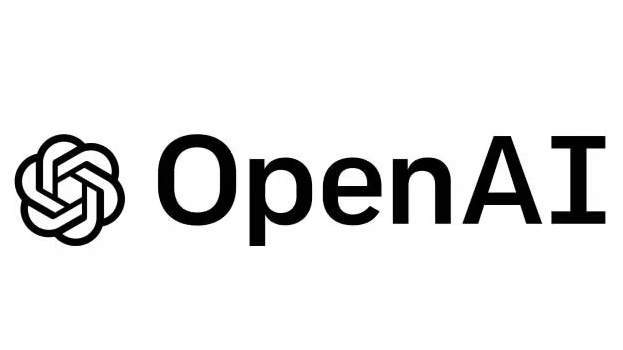The technology sector is witnessing an unprecedented surge in strategic investments focused squarely on artificial intelligence, signaling a fundamental shift in industry priorities and future roadmaps. Recent high-profile moves by giants like Alphabet and Nvidia underscore this trend, highlighting a concentrated effort to secure leadership positions in the rapidly evolving AI ecosystem. These investments are not merely financial plays; they represent deep integrations and partnerships aimed at accelerating AI development, expanding infrastructure capabilities, and capturing market share in areas ranging from large language models to specialized AI hardware.
One significant development illustrating this trend is the substantial investment poured into emergent AI labs and startups. For instance, both Alphabet, through its corporate and cloud divisions, and Nvidia have recently backed Safe Superintelligence Inc. (SSI), the new venture founded by OpenAI co-founder Ilya Sutskever. This move is particularly noteworthy given Sutskever’s prominence in the AI research community and SSI’s ambitious goal of creating safe and powerful AI systems. Such investments indicate that established tech leaders see immense value in fostering external innovation hubs, potentially gaining early access to breakthrough technologies and talent. This strategy complements their internal research and development efforts, creating a diversified portfolio of AI initiatives.
The motivations behind these investments are multifaceted. For cloud providers like Google Cloud (part of Alphabet), partnering with AI labs like SSI and Anthropic allows them to showcase and enhance their AI hardware and infrastructure offerings. By providing the computational power needed to train and deploy large-scale AI models, they attract major clients and solidify their position as key enablers of the AI revolution. For hardware manufacturers like Nvidia, whose GPUs have become the backbone of AI development, investing in AI companies ensures continued demand for their cutting-edge chips and helps steer the direction of AI research towards applications that leverage their hardware capabilities.
This wave of investment extends beyond foundational models and research labs. We also see significant capital flowing into companies developing AI-powered applications and tools for specific industries, as well as those working on the crucial infrastructure layers, such as vector databases and specialized AI processors. Microsoft’s continued development and refinement of AI features like the updated ‘Recall’ for its Copilot Plus PCs demonstrates the push to integrate AI directly into consumer-facing products and operating systems, aiming to enhance productivity and user experience.
The implications of this investment frenzy are profound. It accelerates the pace of AI innovation, bringing advanced capabilities to market faster than ever before. However, it also raises concerns about market concentration, ethical considerations, and the potential for an AI arms race among the dominant players. The strategic alliances being formed today are likely to shape the competitive landscape for years to come, determining which companies will lead the next era of technological advancement and how AI will be integrated into various aspects of business and daily life. The focus is clearly shifting from theoretical research to practical implementation and market dominance, fueled by billions of dollars in strategic capital.

